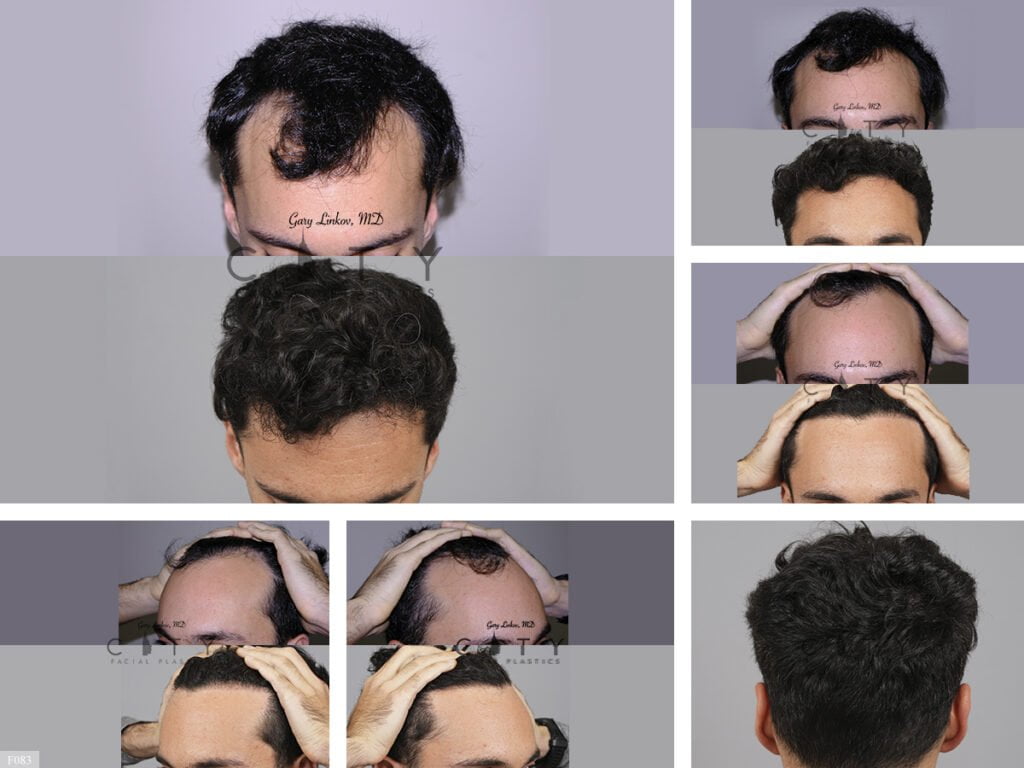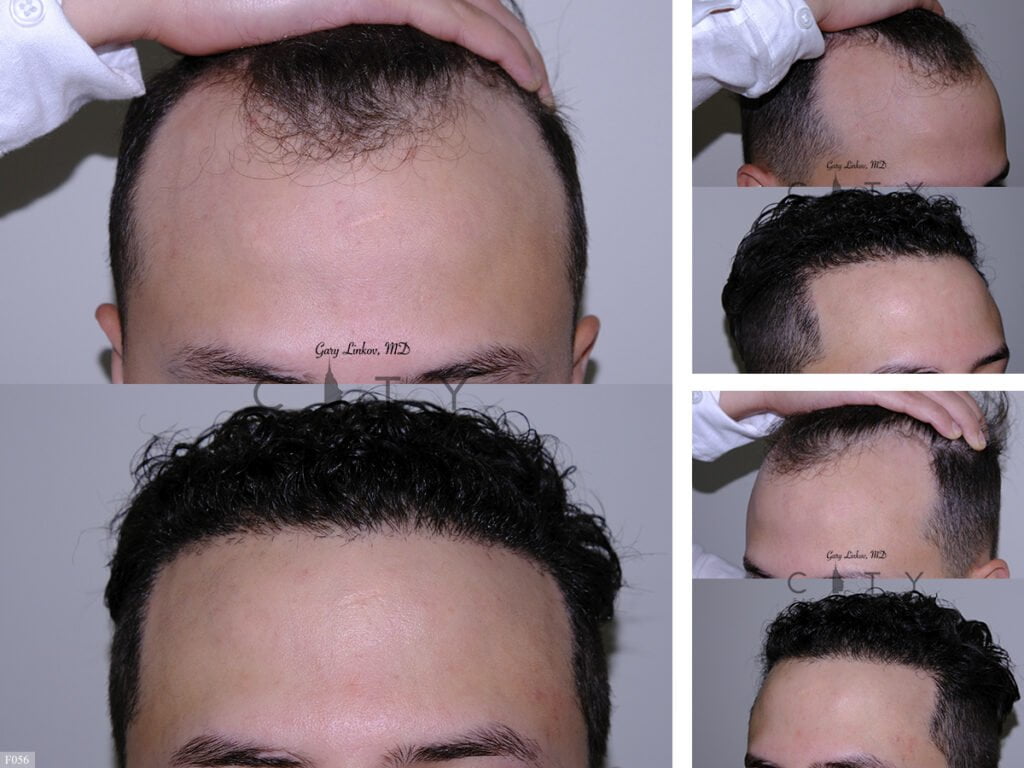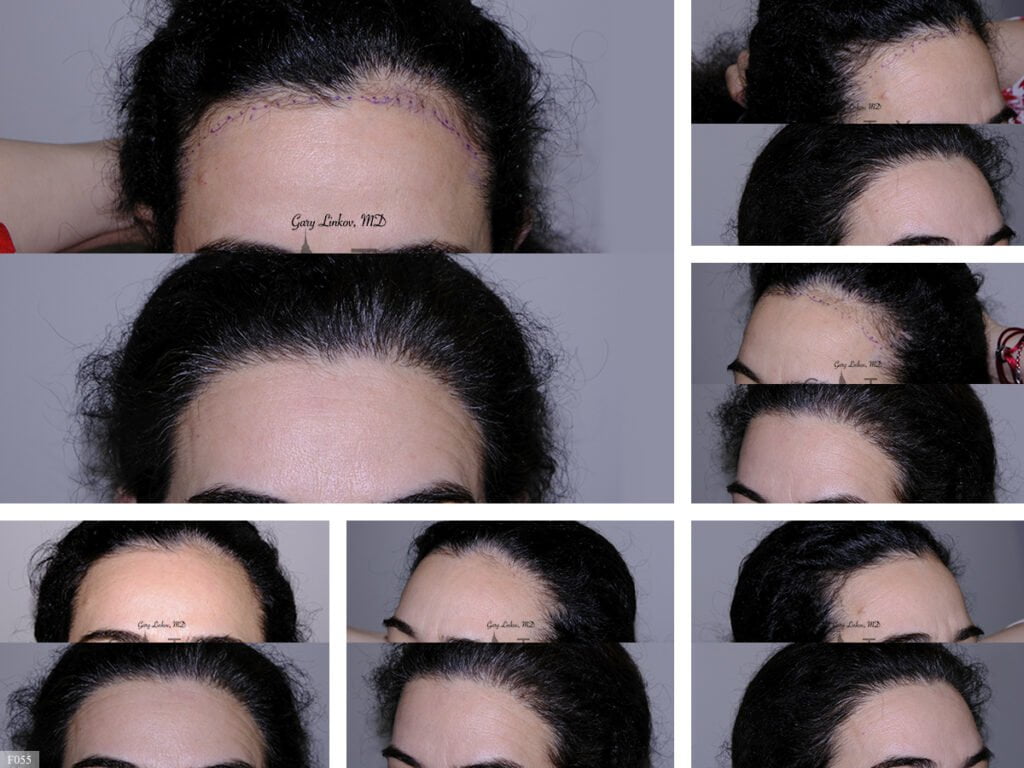Loose Anagen Syndrome
When a hair loss condition targets young girls, it can be devastating. Loose anagen syndrome does exactly that, although it can strike adults as well. Loose anagen syndrome is characterized by hair that’s unusually easy to pull out, especially at the back of the head. Don’t let yourself or your child suffer hair loss. Call the hair experts in Manhattan at Linkov Hair Surgery for an accurate diagnosis and effective treatment at an affordable price.

What Is Loose Anagen Syndrome?
Loose anagen syndrome (LAS) is a hair disorder that causes your hair to become loose in your scalp and easy to pull out. If you suffer from LAS, your hair gets looser in the anagen or growing phase of its growth cycle. This condition is more common among female children, but it also affects some adults.
A rare spontaneous or familial hair disorder, LAS leads to distressing hair loss, especially in young girls with short blond hair. The hair loss comes with devastating physiological and psychological effects and requires an early diagnosis for effective treatment.
Dr. Gary Linkov, a renowned hair loss expert at Manhattan’s Linkov Hair Surgery, leads a team of specialists who treat loose anagen syndrome and other types of hair loss. These hair transplant doctors use advanced hair loss treatments, guided by your individual diagnosis and goals.

What Are the Symptoms of Loose Anagen Syndrome?
Your hair restoration specialist looks for unique characteristics to diagnose hair loss caused by loose anagen syndrome. Signs that you have loose anagen syndrome include:
- Diffuse thinning and loss of hair around your whole scalp
- Poor hair growth
- Textural hair changes, characterized as unruly and messy
- Hair that knots at the occipital scalp when sleeping
- Easy to pull and pluck hair with no accompanying pain
- A deformed anagen bulb under microscopic tests
- Increased shedding when styling or washing
- Poorly developed or absent inner root sheath
- Hair easily falls out during daily activities or in a hair pull test
- Ruffled hair cuticle
- A loss of hair in patches at the occipital scalp in the back of your head
The Linkov Hair Surgery NYC office is equipped with modern medical equipment for effective diagnostic tests. The doctors at the facility carry out tests to determine the cause of your hair loss. Only after a diagnosis do they prescribe individualized hair loss treatments for men and for women.
What Are the Four Hair Growth Stages?
Your hair grows in four distinct phases. Any disruptions in the cycle may lead to hair loss problems. The main hair growth stages include:
Anagen or growth phase The anagen phase marks the first and longest stage of hair growth, lasting three to five years. For the hair in other parts of your body, such as your eyebrows and pubic hairs, the growth phase is shorter. Hair follicles push out hairs until they reach the end of their lifespan and fall out. Most of the hairs on your head are in the anagen stage.
Catagen or transition phase At the end of the anagen phase, a transition period starts for about 10 days. The hair follicles shrink and your hair stops growing. The hairs separate from the bottom of the hair follicle, but the hairs remain in place. Only a small percentage of hairs on your head are in the catagen stage at any time.
Telogen or resting stage The resting phase in the hair growth cycle, when your hair doesn’t grow, lasts around three months. The hairs remain in place as new hair formation starts in follicles. About 10 to 15 percent of hair on your scalp is in the telogen stage.
Exogen or shedding phase The shedding phase occurs at the end of the telogen stage. You notice hair falling off your scalp. Hair shedding is normal, as new hair grows in the follicles as you shed the old hair. Excessive hair loss, without replacement hair, however, points to an underlying problem.
At the anagen stage, growing hair firmly attaches to your scalp. People with loose anagen syndrome have hair that doesn’t anchor properly. Your hair restoration specialist at the NYC clinic examines your symptoms and reviews your medical history to determine if your hair loss is caused by LAS.
What Are the Types of Loose Anagen Syndrome?
Not all instances of loose anagen syndrome are alike. You may suffer from one of three categories of LAS, including:
- Type A loose anagen syndrome The symptoms for this type of LAS include spare, short hair that looks overly thin because of reduced hair density.
- Type B loose anagen syndrome This type of LAS is characterized by sparse, curly and patchy hair that’s unruly and difficult to control. You may tend toward a bed head appearance.
- Type C loose anagen syndrome If you have Type C LAS, your hair features normal thickness and density, but you suffer excessive hair shedding. This type of LAS is the most common among adults.
Loose anagen syndrome can affect anyone in the family. As a parent, stay on the lookout for the symptoms of LAS and consult the best hair restoration specialists. Dr. Linkov and his team have built a reputation for leveraging the latest hair treatments that are both affordable and effective.
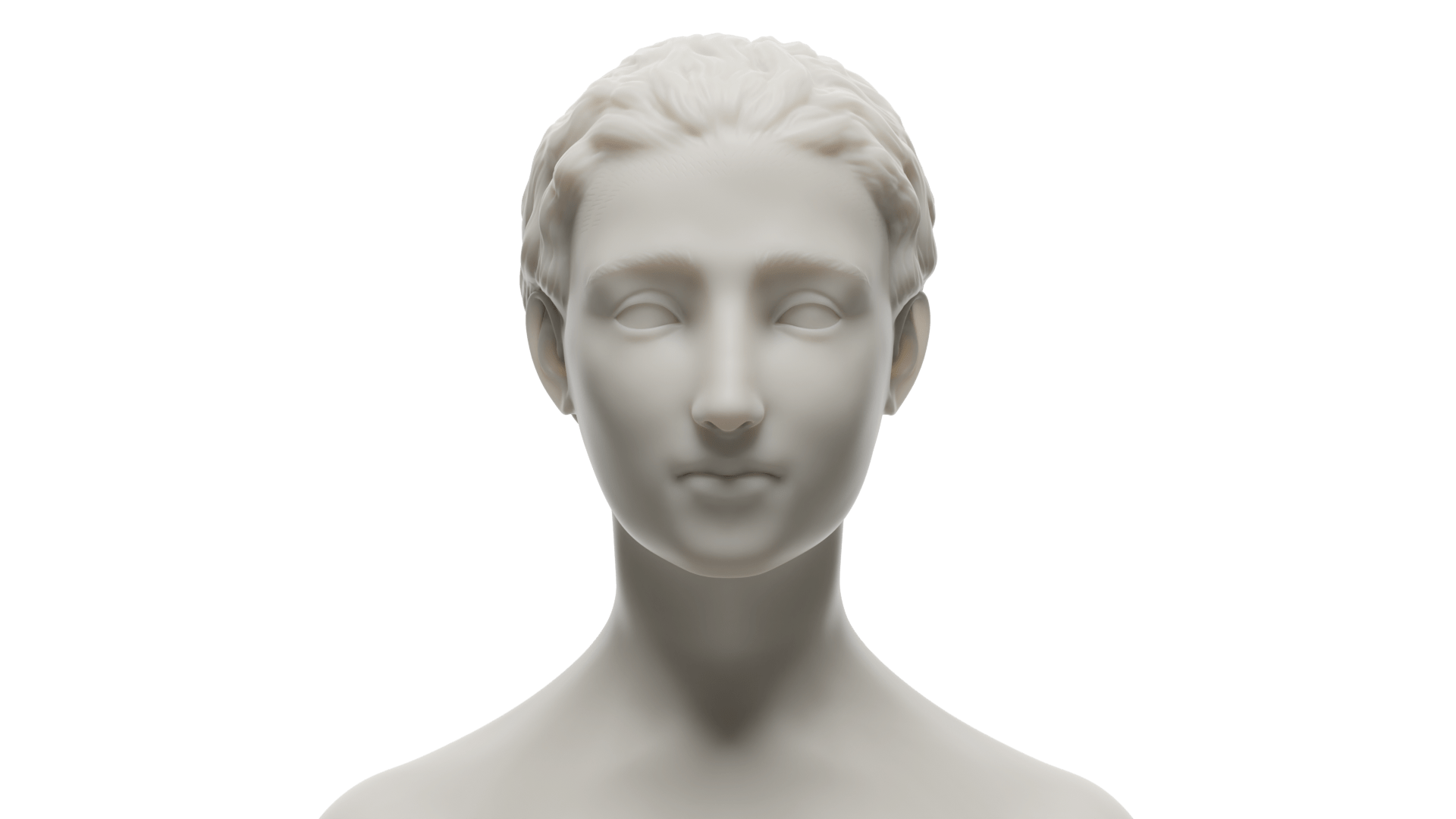
Is Loose Anagen Syndrome Treatable?
Loose anagen syndrome is a treatable condition. Hair restoration treatments help people like you who are suffering from hair loss. Your NYC board certified hair restoration specialist uses a multi-disciplinary approach to treat or manage LAS. Your treatment may include:
Consultation Your hair restoration specialist examines your scalp and, if necessary, the other parts of your body for hair loss symptoms. Then your doctor analyzes your medical history to rule out such underlying issues, such as stress, COVID-19, diabetes, a vitamin D deficiency, anemia, an autoimmune disease or a hormonal imbalance.
Diagnostic tests If necessary, your hair restoration doctor conducts a pull test to see if your comes out easily. A microscope check reveals the condition of your hair shafts, inner root sheath and cuticle. Problems in the root of your hair signal loose anagen syndrome.
LAS treatment Loose anagen syndrome generally improves with time, but your hair treatment specialist may recommend medications, such as minoxidil, to encourage the blood supply to your scalp.
Proper hair care Your doctor provides you recommendations for better hair management for your styling routines, through gentle handling and a reduction of harsh chemicals and temperatures, to prevent future hair damage.
At Linkov Hair Surgery, your hair loss treatment diagnoses and treats your hair loss condition with compassion and discretion to help you reach your goals. No matter what kind of hair loss you’re experiencing, contact the best hair loss doctors in New York City today to regain your hair and your self-confidence.
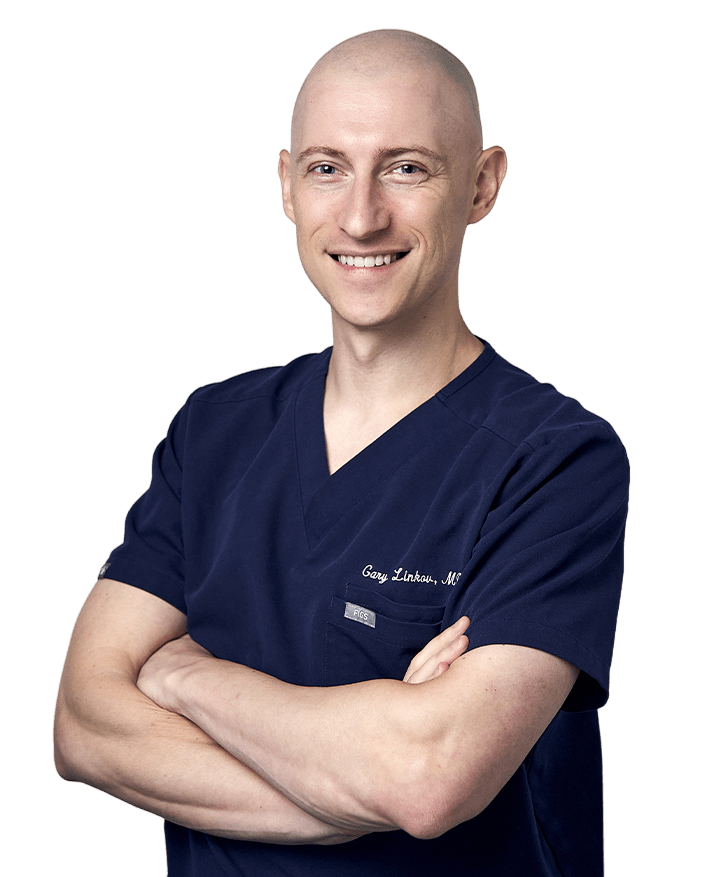
Dr. Gary Linkov is an experienced Ivy League-educated hair transplant surgeon. Having suffered from hair loss himself, he treats his patients with compassion using a multi-disciplinary approach based on the latest hair regrowth methodologies and technologies.
He has authored numerous peer-reviewed articles and book chapters, contributing to the field. Dr. Linkov’s expertise in hair transplant surgery has earned him recognition and made him a sought-after physician. He was featured on the Dr. Oz Show for his needleless PRP hair restoration procedure. USA Today ranks him among the top three plastic surgeons in the United States for reconstruction and natural-looking results.
Publications More about Dr. LinkovLinkov Hair Surgery
150 E 56th St, #1A
New York, NY 10022
(212) 970-9404


